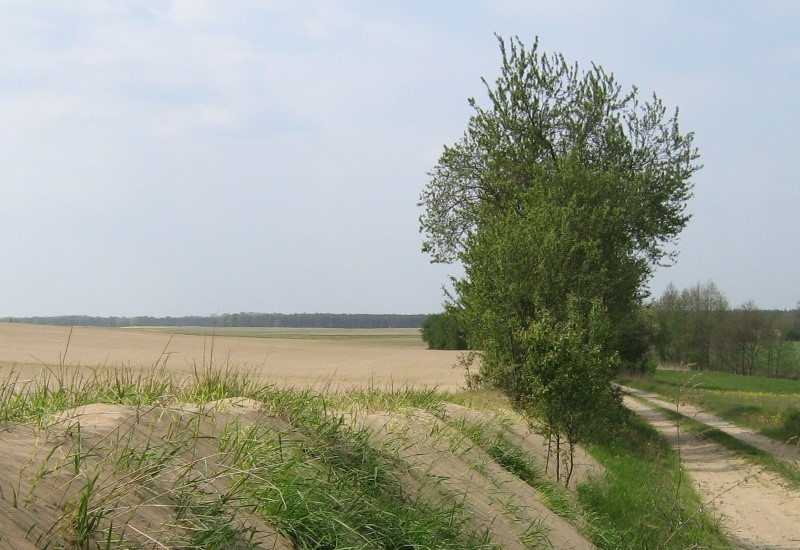When strong winds hit bare or only poorly covered soil, soil material is stirred up and transported, sometimes over long distances, through the open landscape. The result is the stealthy loss of fertile soil. Neighboring sites and ecosystems can be affected. Also, for people dangerous situations are possible, for example due to impaired visibility. read more
Erosion
Soil | Land
Soil loss by water erosion
Uncovered soils are exposed unprotected to the energy of water during heavy and prolonged rainfall. The water transports the soil irretrievably downhill. As a result, fertile soil is lost, and therefore the yielding capacity on arable land. In addition, the eroded material and the absorbed nutrients and pollutants can pollute neighboring water bodies. read more
362
Soil | Land
Soil loss – any soil crumb counts
When heavy rains or strong winds hit uncovered soil, soil material can be transported downslope or through the open landscape. Soil erodes and will be deposited elsewhere. The result is the degradation of fertile soil, which we need as a basis for life. Erosion limits the functions of soils, pollutes water bodies and damages infrastructures. read more
1788
KomPass: project on Climate | Energy
Response – Responding to the Risks from Climate Change on the Coast
244
KomPass: project on Climate | Energy
Investigations of impacts of climate change on soil erosion by water
304
KomPass: project on Climate | Energy
NADNAC – National Assessment of Defence Needs and Costs for flood and coastal erosion management
282
KomPass: project on Climate | Energy
EUROSION - Living with coastal erosion in Europe: Sediment and space for sustainability
270
KomPass: project on Climate | Energy
AQUARIUS - Farmers as water managers in the North Sea Region
128




